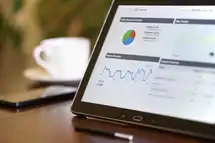5 Reasons Why Business Intelligence Software Is Important for a Restaurant
What is Business Intelligence?
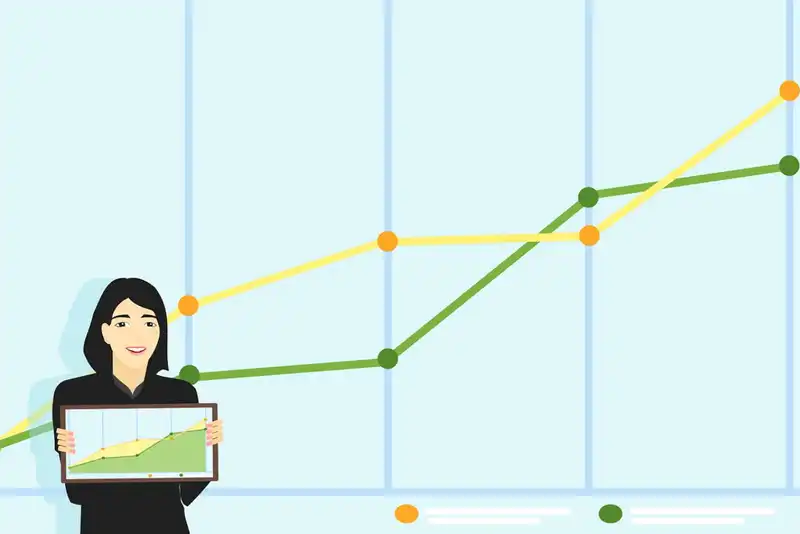
An organization that does not pay attention to its data is unlikely to succeed. Functioning blindly without studying reports of the organization's performance across various indices creates blindspots, causing the organization to lose money and opportunities.
Meticulous data collection and analysis, on the other hand, allows the business to strategize with an eye to cutting wasteful expense, spotting profitable bargains, improving customer experience, delivering the best products and services, and increasing revenue. An organization that neglects this essential task is like a rudderless ship.
Business intelligence aims to help companies undertake data discovery and collection. Every organization possesses a sea of information that comes from a wide range of data sources, such as Point of Sale (POS), business management, employee management, Enterprise Resource Planning (ERP), customer relationship management (CRM), and other systems.
Information from multiple external and internal sources is first collected and stored in a nodal place by the business intelligence software in order to link and compare it. This leads to the formation of a data warehouse. An organization can obtain a macro view of how it has been faring across indices by mining the data housed in the warehouse.
However, since this information is unstructured and inert, it must be examined and understood. At this point, business analytics enters the picture, assisting the firm in inspecting, studying, and comprehending diverse data sets in order to answer the 'whys', 'hows', and 'what nexts?' rather than just the 'whats?' related to the business.
Business intelligence, or more precisely business reporting, though extremely important, is limited to descriptive analytics, which aims to produce summaries of historical and current data. It could be as simple as a profit-and-loss statement, a year-wise comparison of profit margins, or a report of labor hours recorded over the holiday season. Business analytics, on the other hand, involves predictive analytics that uses artificial intelligence (AI), machine learning, statistics, and modeling to produce projections and recommendations.
Business intelligence software makes it easy to analyze big data and makes data mining a breeze, ensuring that operational and tactical decisions are data driven. Such decisions give the company a competitive advantage and stability in the long term. Big data, in his connection, refers to massive sets of data that can be analyzed to find trends, and associations, especially as far as human interactions and behavior are concerned.
Types of BI Tools
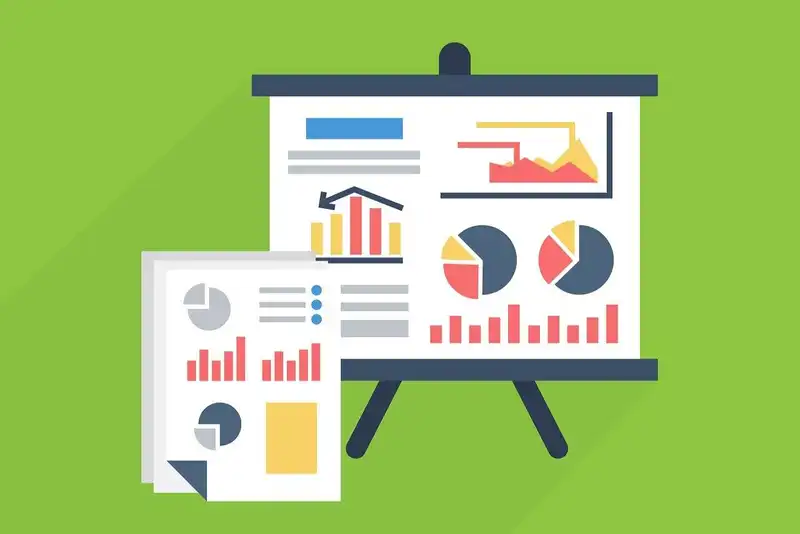
1. Ad hoc analysis- This is also called ad hoc querying. It is a major component of self service BI systems and one of the pillars of modern BI solutions. It is the process of creating and running queries in order to investigate specific business concerns. Ad hoc queries are commonly constructed on the fly. However, they are frequently executed with the analytics data incorporated into reports and dashboards.
2. Online Analytical Processing (OLAP)- OLAP tools, one of the earliest BI technologies, allow users to evaluate data across multiple dimensions, making them ideal for complicated queries and calculations. Previously, data had to be retrieved from a data warehouse and placed inside multidimensional OLAP cubes. However, OLAP analyses can now directly be done against columnar databases.
3. Mobile business intelligence- This business intelligence tool allows users to access BI dashboards and applications from their smartphones and tablets. A mobile BI solution is often developed with a focus on ease of use. It is used more to display data than to analyze it. Mobile dashboards, for example, may only show a few data visualizations and KPIs to fit the screen of the device.
4. Real-time BI- This business intelligence tool ensures that data is evaluated as it is created, collected, and processed to bring users up to date with company operations, financial markets, customer behavior, and so on. Real time analytics frequently involves streaming data, and sustains analytics functions like stock trading, credit scoring, and targeted promotional offers.
5. Operational intelligence (OI)- This is also known as operational business intelligence (OBI). It is a type of real time analytics that provides data to managers and frontline workers. OI applications assist in decision making on the operational front and facilitate speedy action. For instance, with the help of OI, call center agents can resolve customer complaints and logistics managers can remove distribution bottlenecks.
6. Software-as-a-Service (SaaS) BI- SaaS business intelligence tools make use of vendor-hosted cloud computing platforms to provide users with subscription-based data analysis services. The SaaS alternative, also called cloud BI, has been offering multi-cloud compatibility, allowing businesses to run BI apps across several cloud platforms to satisfy user needs and prevent vendor lock-in.
7. Embedded business intelligence- These business intelligence tools place BI and data visualization functionalities into business applications directly. This allows business users to examine data the applications contain and make use of daily. Application software providers are most likely to take advantage of embedded analytics, but embedded analytics features may also be used by corporate software developers in homegrown programs.
Business intelligence software is an important tool for any business.
But what is it? What does it do? How can you get the most out of it?
How Does Business Analytics Work?
Predictive analytics examines past and current data trends to see if it's possible for those trends to recur. It enables organizations to change their plans and resources in light of future opportunities, take more educated Business Strategy decisions, improve operational efficiencies, reduce risks, and compete intelligently.
To produce forecasts, predictive analytics uses artificial intelligence, machine learning, statistics, and modeling. Such predictions make supply chain management hassle-free and allow companies to make the most of their resources.
Here's how predictive analytics works. Let's presume that through its POS reports a restaurant learns of a spike in the sale of a special chicken item over the past two to three weeks. Business analytics, with the help of predictive analytics, tries to find the reason for this demand uptick.
Detailed research and interpretation of the reports and a fair degree of data mining show that the spurt in traffic was fueled mostly by a well-known food blogger's positive social media review of the dish.
Armed with this vital data, the restaurant can now design strategies to promote the dish to other food bloggers across the country. The restaurant will also swiftly count its inventory levels based on expected demand to calculate the quantity of chicken and other items it requires to reorder in order to meet another, possibly bigger spike in demand for this chicken dish.
Machine learning can aid in the development of precise sales forecasts. Basic algorithms can forecast future sales using simple barometers such as past sales, weather, upcoming holidays, etc.
Machine learning, in this regard, refers to algorithms' ability to learn from data processing. Algorithms are a collection of principles that a computer uses to solve problems. The more data the computer system processes, the more algorithms it learns and the more accurate its responses are.
5 Benefits of BI Software
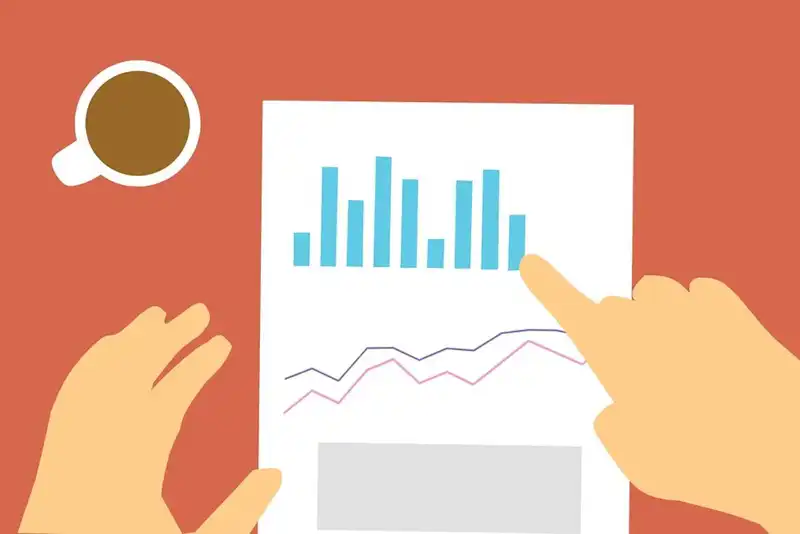
1. Using sales data from the POS system, a restaurant can determine which items are most popular and which receive a lukewarm customer response.
Analyzing these statistics can help restaurant owners formulate crucial business decisions, such as which menu items to keep, create more of, and advertise in a bigger way, and which menu items to discontinue, in order to maximize earnings. Pricing can also be changed as needed.
2. Business intelligence entails the interpretation of POS reports for forecasting future sales and revenue. Past sales may be studied to uncover patterns and estimate future revenue, allowing for cost adjustments, inventory planning, labor hour allocations, and in a general sense, the formulation of strategies to accomplish business objectives.
3. Inventory management is made easier with detailed reporting and analysis. A restaurant, for example, would be able to determine which products have run out and need to be reordered, and which items do not require immediate purchasing, based on sales data. Data can thus be used for effective food supply chain management.
Restaurants will be able to make the required adjustments to their strategies with better knowledge of the differences between actual and expected food utilization.
Data can also assist in pinpointing where food loss and wastage is happening. Employees can accordingly be trained to prevent wastage of food resources and accountability can be fixed. Data can also give owners of multi-store restaurants an idea of which locations are most and least successful.
4. Sales data generated from POS systems can help identify a restaurant's slowest and busiest hours. Employees can be scheduled accordingly, in sync with the actual requirements of the restaurant, so that the organization can minimize the costs of labor. This, after all, constitutes the biggest expense for restaurants.
POS systems also provide a plethora of information on topics such as monthly revenue per employee, revenue per time slot, best and worst performers, peak hours worked, and so on. They can also be used as time clocks for employees. Managers can use employee data to create better schedules and improve training effectiveness.
5. POS systems record data that helps businesses discover who their most loyal customers are. These customers may then be rewarded through loyalty programs. Customer data can be also utilized to get one-off customers to place repeat orders.
Personalized marketing is becoming common these days, and customers are being wooed through phone calls, email marketing, and social media marketing. Furthermore, data may be utilized to gather customer feedback in order to improve rewards programs.
How to Choose the Right Business Intelligence Software

1. The capacity to readily connect with company data is one of the most important elements of a strong business intelligence platform. The platform should offer business users the ability to access and evaluate data in real time. It should also connect easily with the organization's current data strategy, rather than forcing it to buy extra products.
2. The overall cost of ownership of a business intelligence and business analytics platform should be reviewed. For ad hoc reporting and data mining, a small business in particular may opt for open-source software. However, one must keep in mind that 'free' BI tools aren't exactly free, and the end cost may be considerable. Furthermore, as the company grows, open-source software may become less adaptable.
3. The right business intelligence platform gives users the ability to evaluate data, get insights, and apply them to business choices. A business intelligence solution that preserves data safely without sacrificing innovation should be preferred over others.
4. BI solutions should allow users to construct and personalize dashboards, as well as provide graphs, charts, and modules, and update them in real time. The platform should provide visual insights that are useful.
5. Choose a BI solution provider that aims to make processes data driven and possesses years of experience in terms of research and development. It's also important to consider the history and priorities of the company providing the BI solution. One must go through the user reviews of the software provider before making a purchase.
6. A business intelligence platform must be adaptable, and simple to use, and should be able to scale up in a frictionless manner as the company grows. It should be capable of helping the company achieve its objectives.
Businesses are looking for ways to improve their operations.
Business intelligence software is a great way to see where improvements can be made.
Top 3 BI Software for Restaurants

1. Zip POS Dashboard-
It may be tough to analyze data if the POS system employed by the organization fails to properly aggregate information. It is here that a business intelligence solution like Zip POS Dashboard walks in.
POS reports can provide trends by hour, day, week, month, and year. Having access to all this information provides businesses with a multifaceted view of transactional activity.
Zip POS Dashboard provides real time access to pertinent data drawn from the POS system and presents the information as automatically generated graphs and charts. These can be used to assess the performance of businesses and pinpoint operational issues.
A common problem among POS systems is that sales data can be lost after a few months. Zip POS Dashboard, on the other hand, ensures that all data is safely maintaine. Zip POS Dashboard software can be downloaded for free from the Hubworks app store for restaurants.
2. Restaurant365-
This restaurant operations and accounting platform is cloud based, making restaurant management extremely easy.
The POS system, food and beverage suppliers, payroll provider, and bank are all fully integrated with this software. A single system contains everything that is required to operate the restaurant. This improves the efficiency and profitability of operations.
Restaurant365 lets business owners count stocks easily with the help of handheld devices. This software solution can help restaurants make informed predictions based on current and past daily sales trends.
It enables business owners to monitor information on sales and labor for all their store locations (apart from other POS-generated data), in one spot.
Restaurant365 offers four subscription tiers, with a price-range starting from $289 per month per location, to $489 per month per location.
3. Power BI- This business intelligence reporting and analytics software enables organizations to foster a data driven culture, which ensures that everyone can benefit from business intelligence.
It's a platform that scales up, from individuals to entire companies, reducing the cost, complexity, and threats to security related to multiple solutions.
Businesses can uncover and share valuable insights using built-in AI tools, a variety of data visualizations, Excel integration, and pre-built and customized data connectors.
Microsoft Power BI helps businesses protect their data with features like sensitivity labeling, and real time access monitoring, apart from end to end encryption.
Power BI Pro costs $13.70 per month per user. The Power BI Premium costs $27.50 per month per user and $6,858.10 per month per capacity.
Conclusion
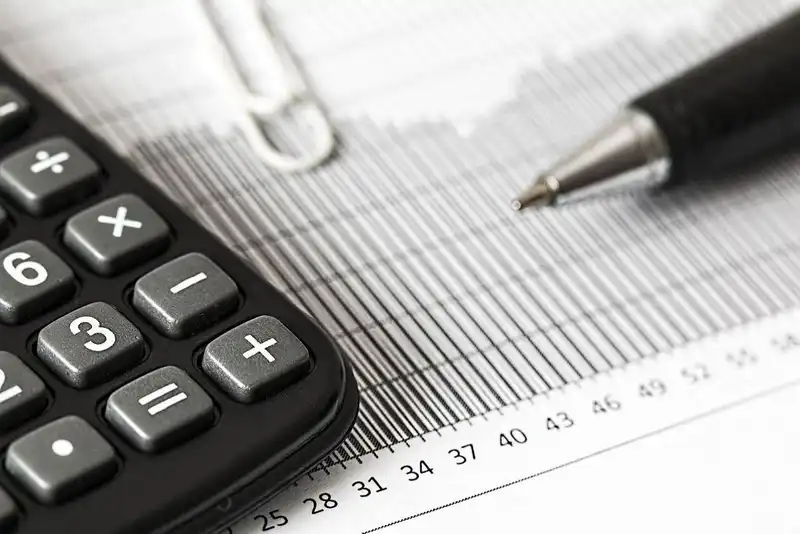
This article proves that business intelligence, Data Management , and data analysis are of immense value to any organization. However, merely selecting top business intelligence solutions won't guarantee a positive return on investment. The organization needs a solid business intelligence strategy.
A business intelligence strategy is essentially a blueprint for effectively using data mining and data analytics to track business performance, identify competitive advantages, and become fully customer-centric. It ensures that the firm's decisions are firmly based on data. A business intelligence strategy, therefore, gives direction to an organization.
In fact, a sound business intelligence strategy would guide organizations through the processes of selecting, procuring, and installing business intelligence software.
A top business organization with a sound business intelligence strategy can avoid escalations in costs by avoiding products that are not suited to the organization's specific needs.
Furthermore, by reducing time spent on the details of the business and by planning ahead of time, the organization will be able to reduce labor costs. Entrepreneurs can budget effectively by knowing what training choices are on offer, and what they cost.
Business intelligence that isn't aimed at a specific purpose would still yield insights, but it would not help the organization achieve its goals very well. Therefore, if business owners want to make the fullest use of their business intelligence data, they must have a clear BI strategy.
Business intelligence software is a great tool for businesses to use to stay organized.
Business intelligence software can be very beneficial, but not all business intelligence software is the same.




